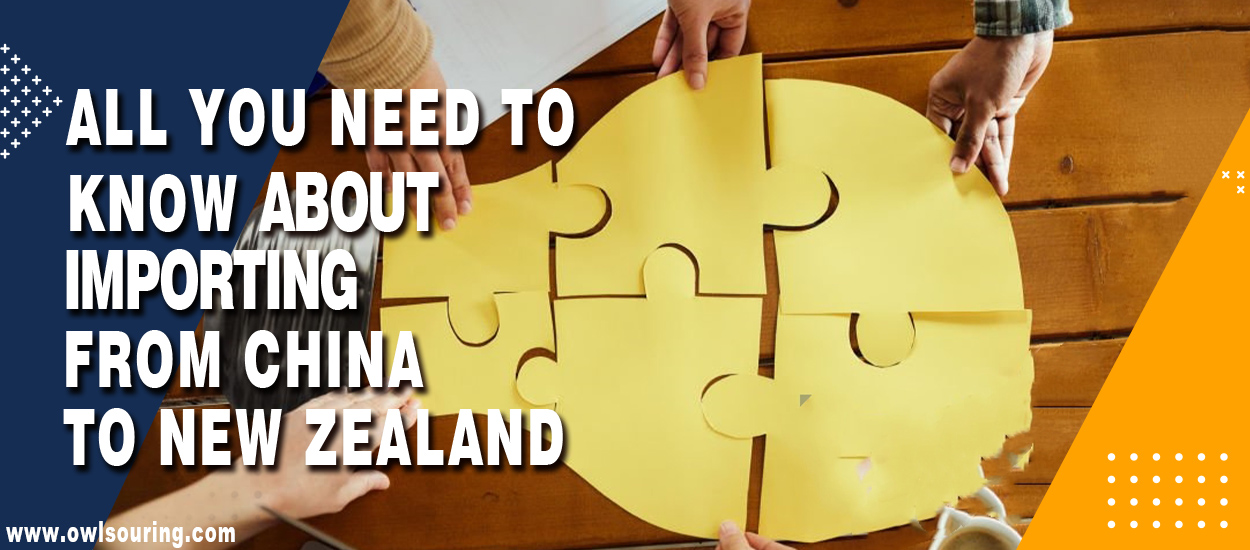Chinese imports have several benefits, including low costs and variety. Hence, trade between New Zealand and China has been booming. So, how do you use this active import industry?
Starting the import process can be crushing, especially for a newbie. No worries, we can offer a helping hand.
This extensive guide can clear your path and show you the way. Here, we will cover the necessary information about the trade between these countries. At the end of the article, you will know how to import goods from China to New Zealand. Let’s begin!
Understanding the Import Process from China to New Zealand

Importers from New Zealand often face troubles when sourcing products. They don’t understand how to buy from China and sell in the local markets of New Zealand.
Sometimes, they order fake products from unreliable Chinese suppliers.

Source: Giphy
Understanding how the process works is crucial to knowing how to proceed. This section deals with understanding the import process between the countries.
You must know the background of the New Zealand Customs Service and its role. Then, it will be easy to draw the roadmap of imports from China to New Zealand.
1) New Zealand Customs Service and Its Role
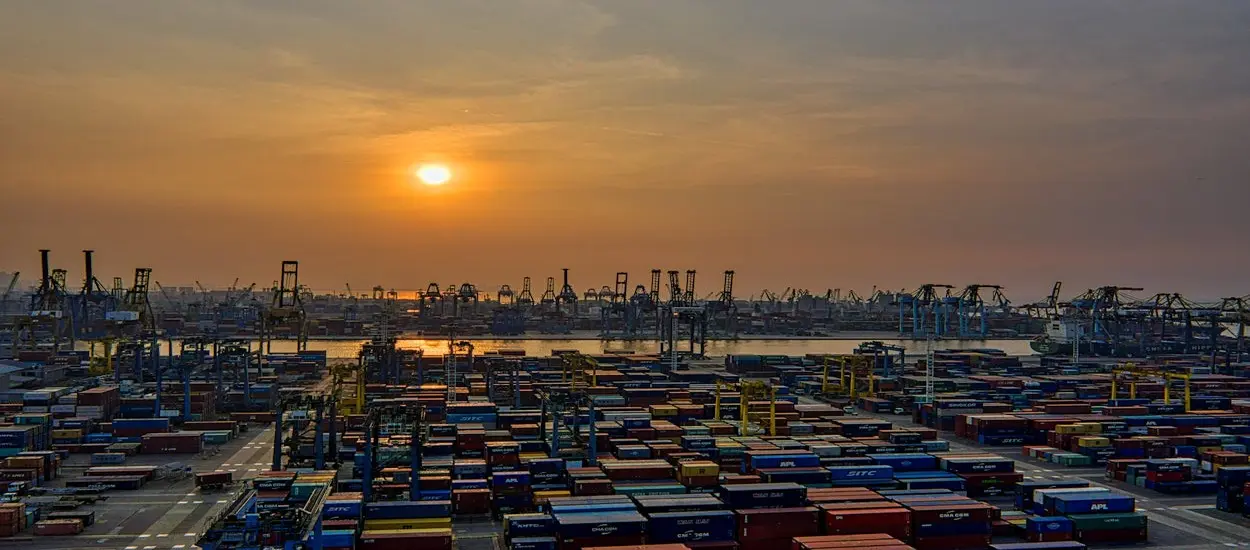
The New Zealand Customs Service oversees all the country’s imports. They ensure compliance with New Zealand laws.
The NZCS protects New Zealand’s borders and facilitates international trade. Thus, they play a crucial role in imports and pressing customs charges.
2) Steps in the Import Process
It starts with sourcing items on a Chinese e-commerce platform. We will discuss the entire product sourcing process below.
Step 1: Sourcing Products
Find reliable suppliers through platforms like Alibaba or Global Sources. You must verify their credibility through reviews and references. You can check buyer reviews and ratings to learn what to expect when partnering with them.
You must learn how to verify the Chinese supplier’s legitimacy before placing any order.
Define Your Product and Market Needs
Before you get into sourcing, you need to have a well-defined product you want to import, such as electronics, clothing, or machinery.
Do proper market research and ensure that your selected products match consumer demand and preference in New Zealand.
Understand your target audience and their needs, ensuring your imports are relevant and profitable.
Research Chinese Suppliers
The success of your sourcing depends on finding reliable suppliers. The following are several effective ways of finding and evaluating suppliers:
- Online Platforms: Utilise known B2B platforms like Alibaba, Made-in-China, or Global Sources to get in touch with verified suppliers. You will be surprised by the various types of products and how easy it is to compare them on these platforms.
- Trade Fairs: Find suppliers in person, check quality, and start building relationships in major trade fairs like the Canton Fair (Guangzhou) or Yiwu Fair.
- Industry-specific Hubs: Specialised manufacturing hubs include the likes of Yiwu for small commodities, Shenzhen for electronics, and Guangzhou for clothing and accessories. These regions have earned a certain reputation for mastering specific product categories.
Verify Suppliers
After having identified potential suppliers, it is very necessary to check for their credibility and reliability:
- Do background checks by asking for business licenses, certifications, and customer reviews.
- Request product samples for quality assessment and to ensure they meet your standards before committing to large orders.
- Consider hiring third-party inspection services to confirm compliance with international quality and safety standards.
Step 2: Negotiating Terms
Ensure you discuss prices, payment terms, and delivery plans with your chosen supplier. Remember, all terms should be clear and agreed upon.
This can make a huge difference in the bottom line. Things to negotiate include:
- Pricing and MOQs, and payment terms (for example, 30% deposit, 70% on delivery).
- Lead times, shipping terms (FOB, CIF, etc.), and return policy.
Clearly state all this to avoid some misunderstandings for smooth transactions.
Step 3: Understanding Import Regulations
Know New Zealand’s import regulations to avoid delays or penalties:
- Get familiar with customs duties, which normally attract a 5.11% import duty, and GST, 15% on goods above NZ$1,000.
- Get permits from MPI for products such as plants or any product derived from animals to meet biosecurity requirements.
- Ensure your products comply with New Zealand safety and labelling standards to avoid any compliance issues.
Import Requirements:
| Aspect | Details |
|---|---|
| GST (Goods and Services Tax) | A 15% GST is levied on most imported goods with a value exceeding NZ$1,000. |
| Customs Duty | Additional customs duties may apply depending on the product category, calculated on top of GST. |
| Value Threshold | Goods valued at NZ$1,000 or below are generally exempt from customs charges and GST. |
| Biosecurity Requirements | Certain items (e.g., plants and animal products) require a biosecurity permit from the Ministry for Primary Industries (MPI) before entering New Zealand. |
Key Considerations:
| Aspect | Details |
|---|---|
| Alcohol and Tobacco | Always subject to import tax, regardless of value. |
| Import Regulations | Check specific regulations for your goods to ensure compliance and avoid delays. |
| Preparation | Verify biosecurity requirements, obtain necessary permits, and factor in GST and duties when calculating costs. |
Step 4: Placing Orders
Place your import order once you are happy with the terms. You must keep records of all transactions. On most platforms, you will get a tracking number. This information is necessary to watch your product’s journey en route.
Step 5: Shipping and Logistics

Choose a reliable shipping service to have products delivered in New Zealand. Options include air freight, sea freight, and courier services, each with unique features.
For instance, air freight is faster than other transportation but more expensive. Thus, choose the option based on the urgency and fragility of the package.
Factor in shipping costs, insurance, and potential delays when calculating your total expenses to maintain profitability.
Step 6: Customs Clearance
Submit the necessary documents for customs clearance. It includes invoices, shipping documents, and any required permits. This stage is often tariff-free but might delay delivery.
Step 7: Delivery to Final Destination
Once cleared, arrange for delivery to your desired location in New Zealand.
3) Understanding the New Zealand And China Free Trade Agreement
The New Zealand and China Free Trade Agreement cuts import tariffs to support trade. Use this FTA to save on import duties.
There are also HS codes for Chinese imports. The HS codes classify goods for customs purposes and determine the applicable duties.
To avoid issues, you must ensure accurate HS codes for all your imports. A mix-up can lead to extra costs or unnecessary delays.
Key Regulations and Compliance Requirements for Importing to New Zealand
It is necessary to follow the key regulations to ensure a seamless import experience. However, you can only follow the rules you know. We recommend working with an agent to guide you through this process. Here are specific requirements and regulations to be aware of:
1) Classifying Your Goods
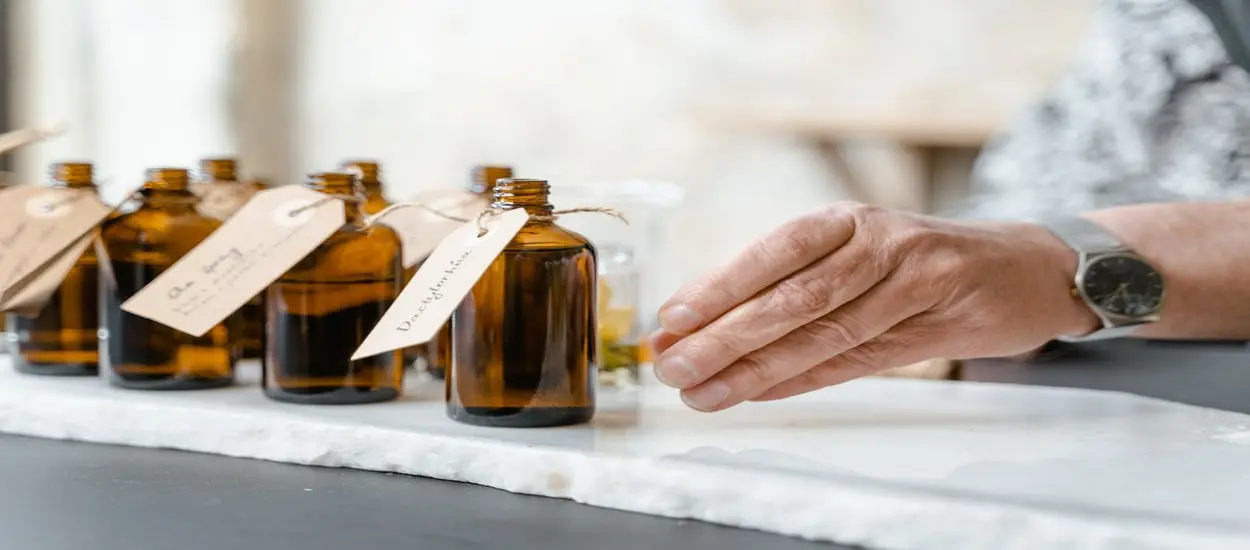
Correctly classify your goods to ensure correct duties and compliance. You can use the New Zealand Customs website for guidance. The page includes all the information you need to know about the process.
For instance, you should label food packages. These food packages should contain information such as the Chinese manufacturer’s registration number. The example is only a glimpse. There are several others that you should take note of.
2) Identifying Prohibited or Restricted Items
Check the New Zealand Customs website for prohibited or restricted items. Ensure your goods arriving from China are not on this list. Here is a quick run-through of some of the banned imports according to the customer website:
- Mobile phones
- Firearms and weapons such as swordsticks and butterfly knives
- Equipment for smoking or taking hard drugs
- Small, high-powered magnets, such as buckyballs.
- Anything used in a crime involving dishonesty
- There are also restricted items that require a permit before import:
- Protected species under CITES
- Carnivorous plants
- Firearms and ammunition
- Handheld high-power laser pointers
- Gold
- Oil, gas, and coal
- Truffles
- Seafood
- Precious stones of any value
3) Import Permits and Licenses for Specific Goods
Some goods need import permits or licenses. As we have highlighted above, examples include food products and plants. Check with the Ministry for Primary Industries for requirements. Once you are familiar with the requirements, you can file for a permit.
4) The Fair Trading Act 1986
Your imports must meet the Fair Trading Act 1986. This act includes accurate labelling and product descriptions. Non-compliance with this act can lead to confiscation of imports in New Zealand. Hence, familiarise yourself well with all the requirements to get ahead.
Tips to Evaluate Quality Control Measures for Imported Goods
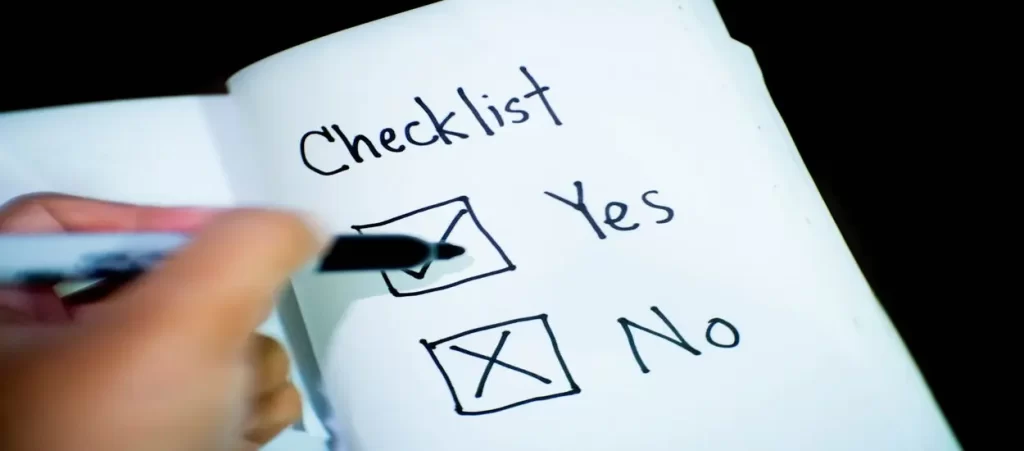
When importing goods, quality control is a crucial concern. So, how do you ensure that your goods are at peak quality when you import them? Here are a few resourceful tips you can put to use:
1) Work with Third-Party Quality Control Companies in China
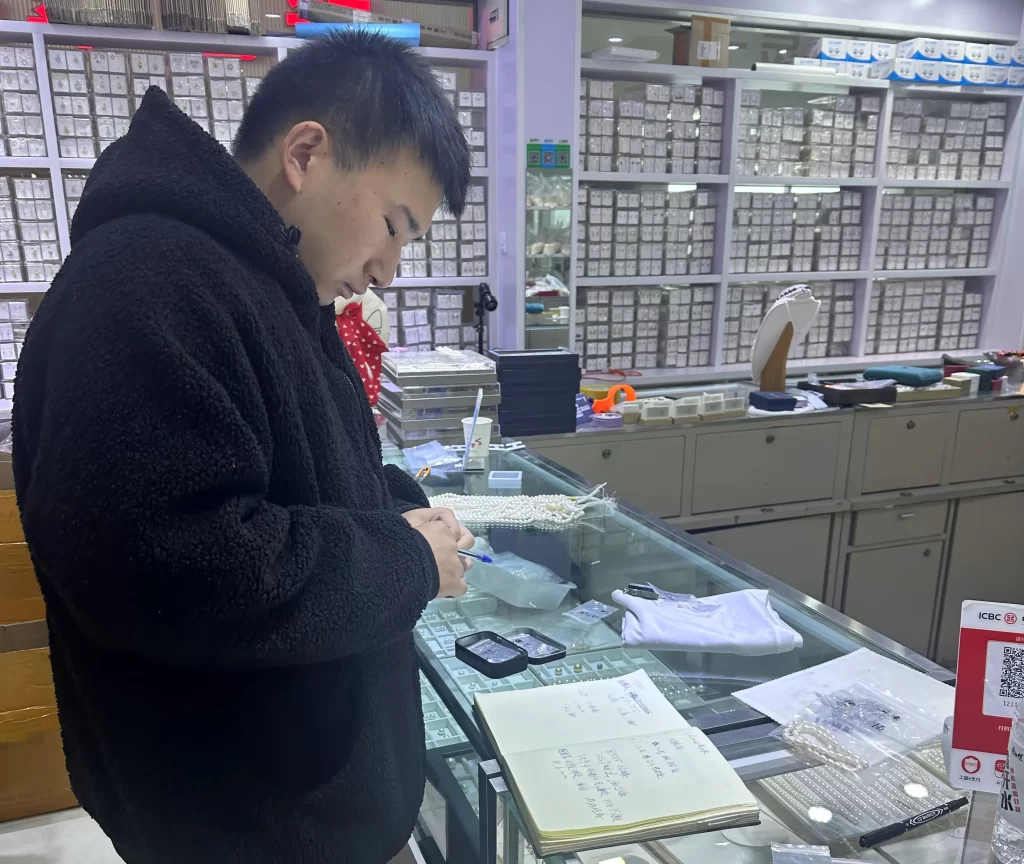
Hire third-party quality control companies to inspect your goods. They ensure products meet your standards. While they cost a little, they are never as expensive as importing fake or adulterated products.
OwlSourcing provides many extra services, including quality inspection, to help importers from New Zealand. We can perform various operations tailored to different stages of the production process. You can find our services in the following table;
| Quality Control Operation | Meaning |
| Pre-Production Inspection | We can check raw materials and components before manufacturing begins |
| During Production Inspection | We can monitor production processes and product quality in mid-manufacturing |
| Pre-Shipment Inspection | We examine finished products before they leave the factory |
| Container Loading Check | We ensure proper loading and packaging of goods for shipment |
| Factory Audit | We can assess a manufacturer’s facilities, processes, and quality systems |
| Lab Testing | We can analyse products for;
|
2) Leverage Pre-Shipment Inspections
Choose pre-shipment inspections to ensure your package contains everything agreed upon. This lets you check goods’ quality and quantity before being shipped, preventing you from receiving substandard products or less quantity.
3) Understand Chinese Quality Standards vs. New Zealand Requirements
Understand the differences between quality control in China and New Zealand quality standards. Ensure your products comply with New Zealand standards. Always specify this when you are negotiating with suppliers.
4) Develop a Quality Control Checklist for Chinese Manufacturers
You can create a checklist to ensure manufacturers meet your quality expectations. Add the specifications, materials, and testing procedures. This way, the manufacturers know what you expect and can act accordingly.
5) Manage Product Samples and Production Runs
Request product samples before placing large orders. Buying product samples from China is easy.
Ask the supplier to conduct production runs to test quality and consistency. These two steps help ensure everything goes smoothly. If everything is fine, you can trust the supplier with bigger batches.
Customs Clearance Procedures in New Zealand
What are the various steps your product has to take to get cleared in New Zealand? Here is what you should know:
Step 1: Get a New Zealand business number for importing. This number is required for all importing activities.
Step 2: Submit import declarations through the Trade Single Window (TSW). This platform streamlines the customs clearance process.
Step 3: Understand JBMS. The Joint Border Management System (JBMS) integrates customs and biosecurity processes.
Step 4: Perform Biosecurity Inspections for Chinese goods. They safeguard New Zealand’s environment from pests and diseases. Ensure your goods meet biosecurity standards. That explains why the country has tight requirements for importing exotic animals.
Step 5: Manage customs holds and resolve clearance issues. Customs holds can delay your imports. You must resolve issues promptly by providing necessary information and complying with regulations. Ensure your import follows the rules laid down on their website.
Tricks for Cutting Import Duties and Taxes
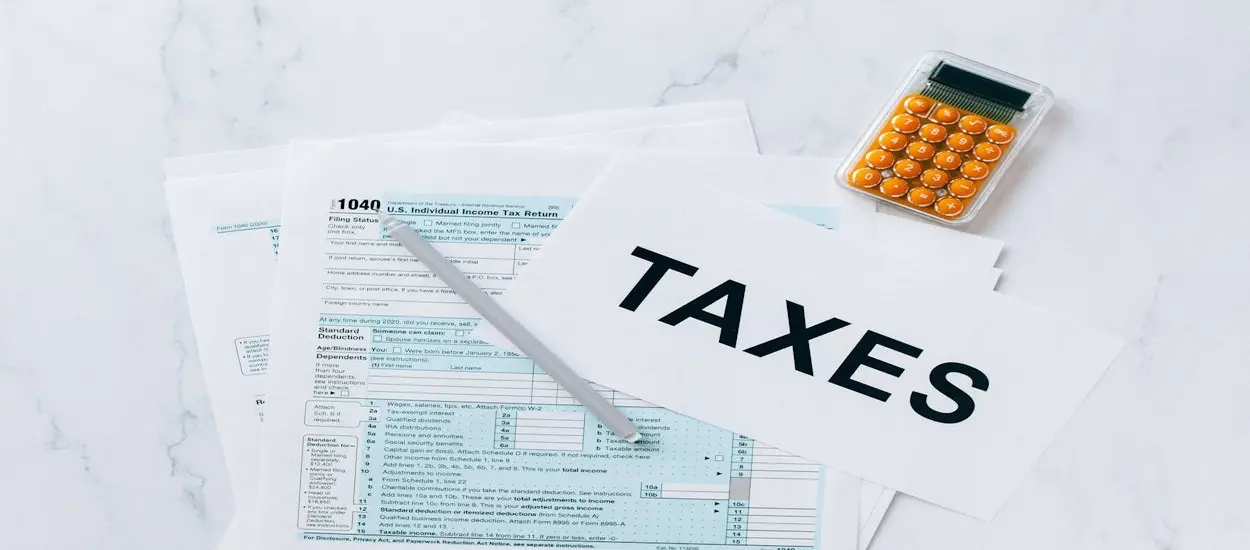
Import duties are a crucial part of New Zealand’s imports. However, there are ways to reduce the potential fees. Here are tips to note:
1) Use the NZ-China FTA for Preferential Tariffs
The NZ-China FTA offers preferential tariffs for many goods. You can use this agreement to reduce import costs. You can check the customs website to see which goods fall under this category.
2) Know the Tariffs on Low-Value Goods
Some countries have a threshold that segregates low-value goods from duties and taxes. Check the current threshold to plan your imports.
3) Correctly Classify Chinese Goods to Avoid Overpayment
Accurate classification ensures correct duties and taxes. Avoid overpayment by using the proper HS codes.
4) Use Bonded Warehouses for Duty Deferment
Bonded warehouses enable you to defer duties until goods are up for sale. It helps manage cash flow.
5) Use Duty Drawback Opportunities for Re-exports
Duty drawback programs give a refund of duties on re-exported goods. You can use these programs to save on import costs.
These tips provide significant financial benefits, but they require knowledge of customs regulations. Thus, you should hire a reliable China sourcing service provider who understands them.
Read More:
- Top Ways to Find a Reliable Sourcing Agent in China
- Import Tariffs from China to the US: How much is the US import customs duty?
- How to Source Products From China: A Step-by-Step Guide
- Import from China to Australia
Final Thoughts!
Sourcing products from China to New Zealand can be profitable for businesses. It gives access to various affordable goods.
However, you need to be careful since there are many fake suppliers. Some of them can affect your business with subpar products or scams. Besides, you must learn New Zealand’s import regulations to ensure smooth customs clearance.
You cannot learn all these aspects in one go. It can be time-consuming for your import business. To streamline the process, you must hire an experienced global sourcing agent. An agent can guide you through every step of importing from China to New Zealand.

